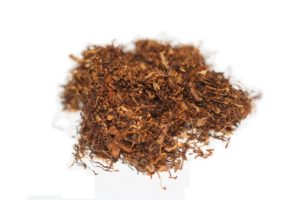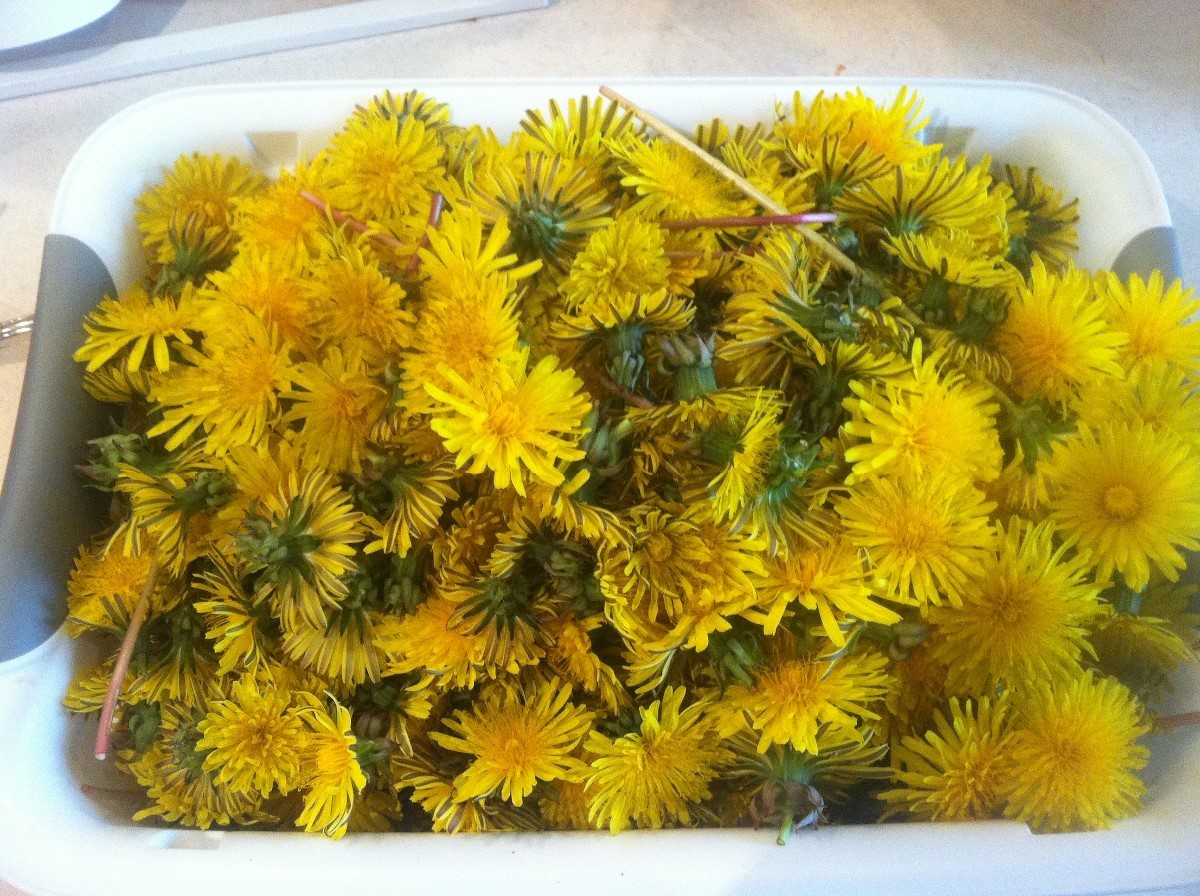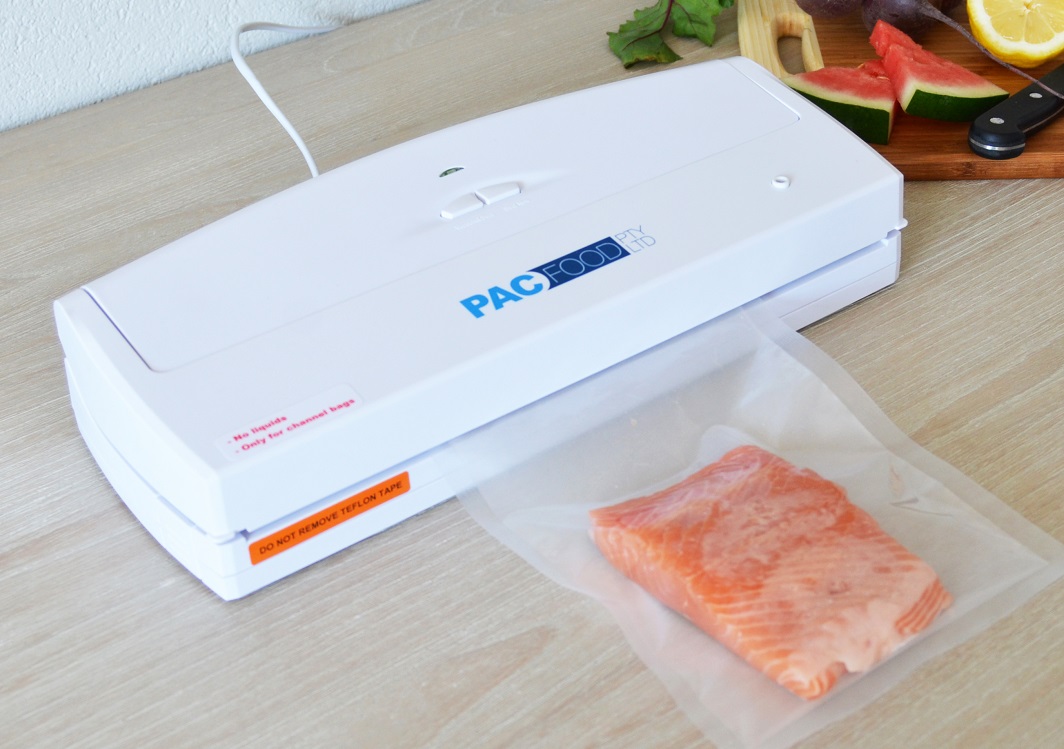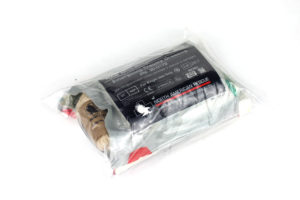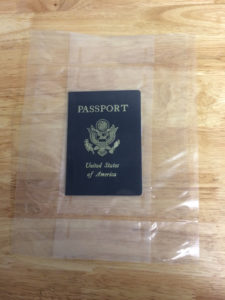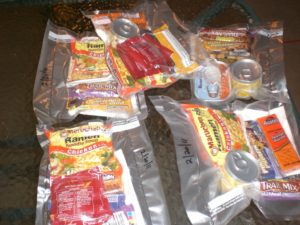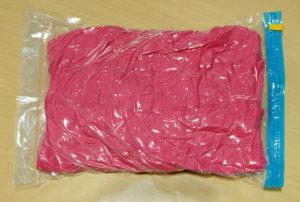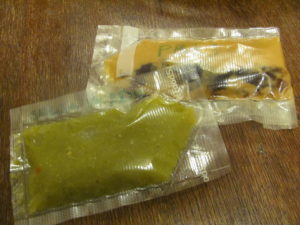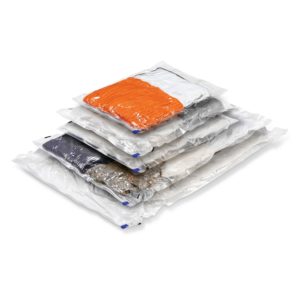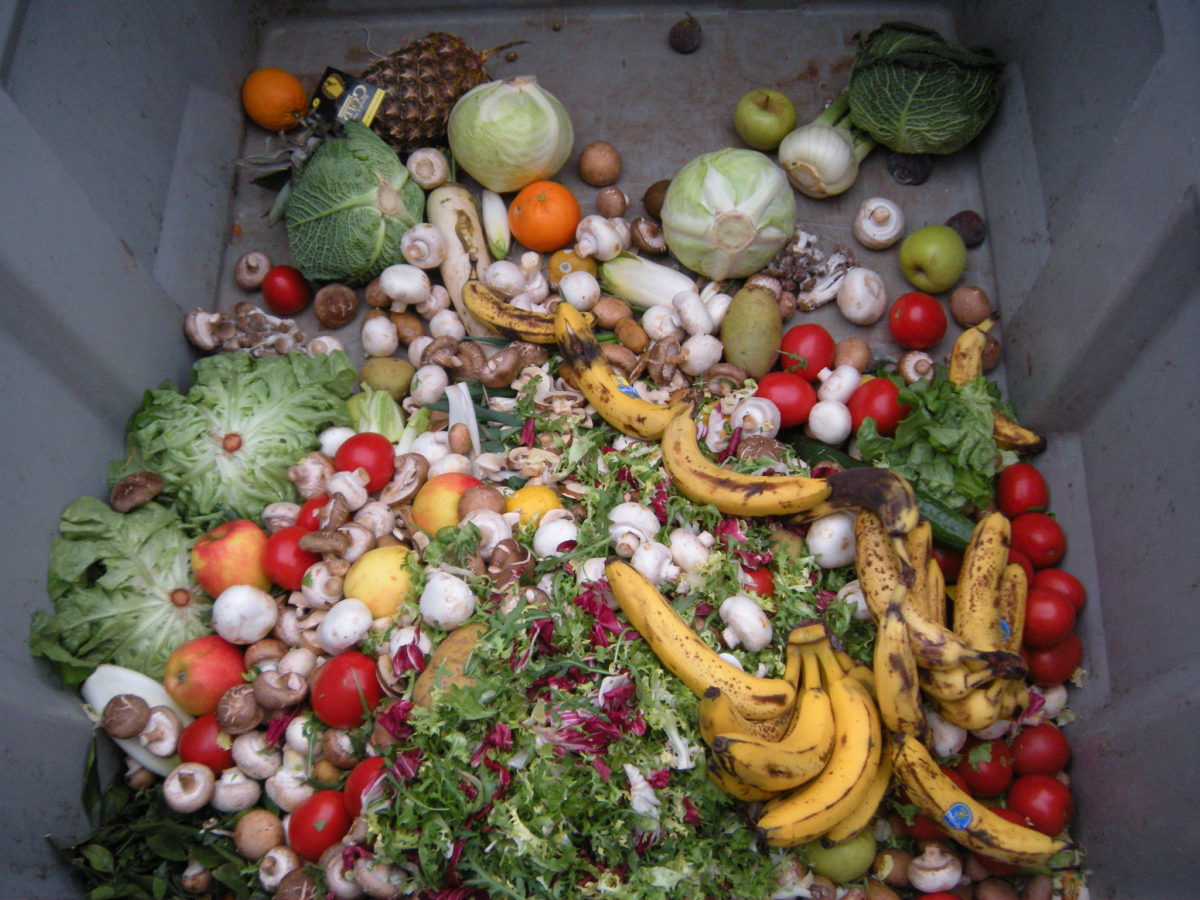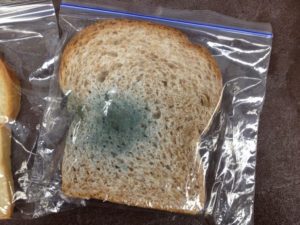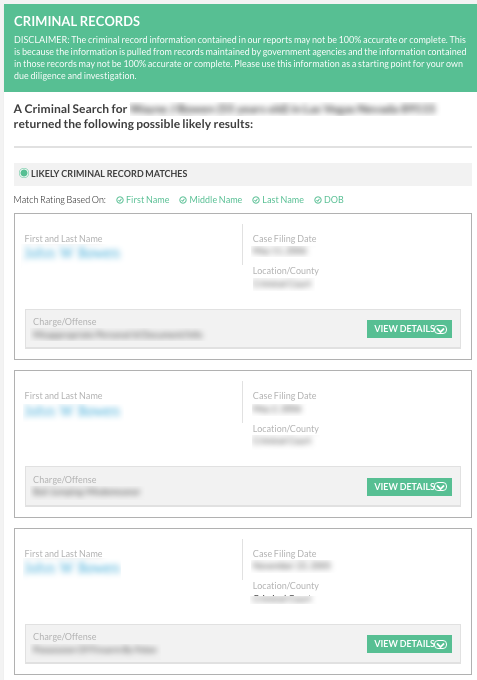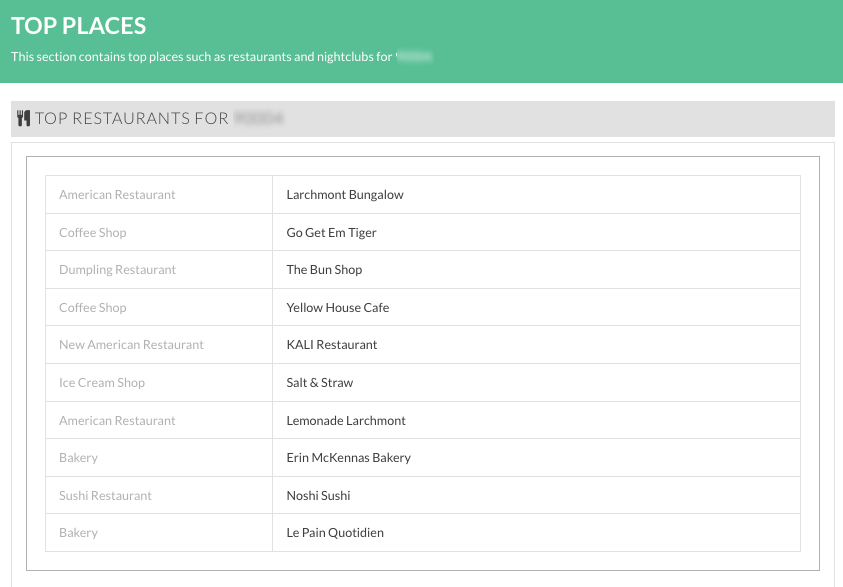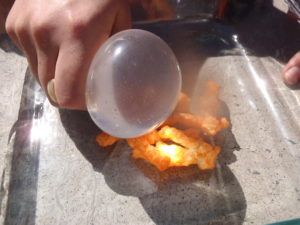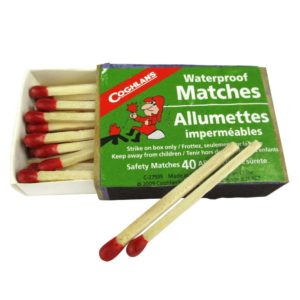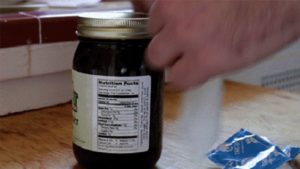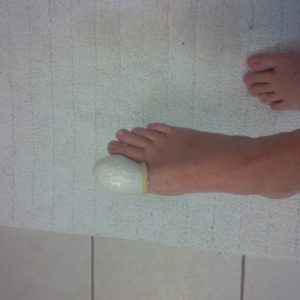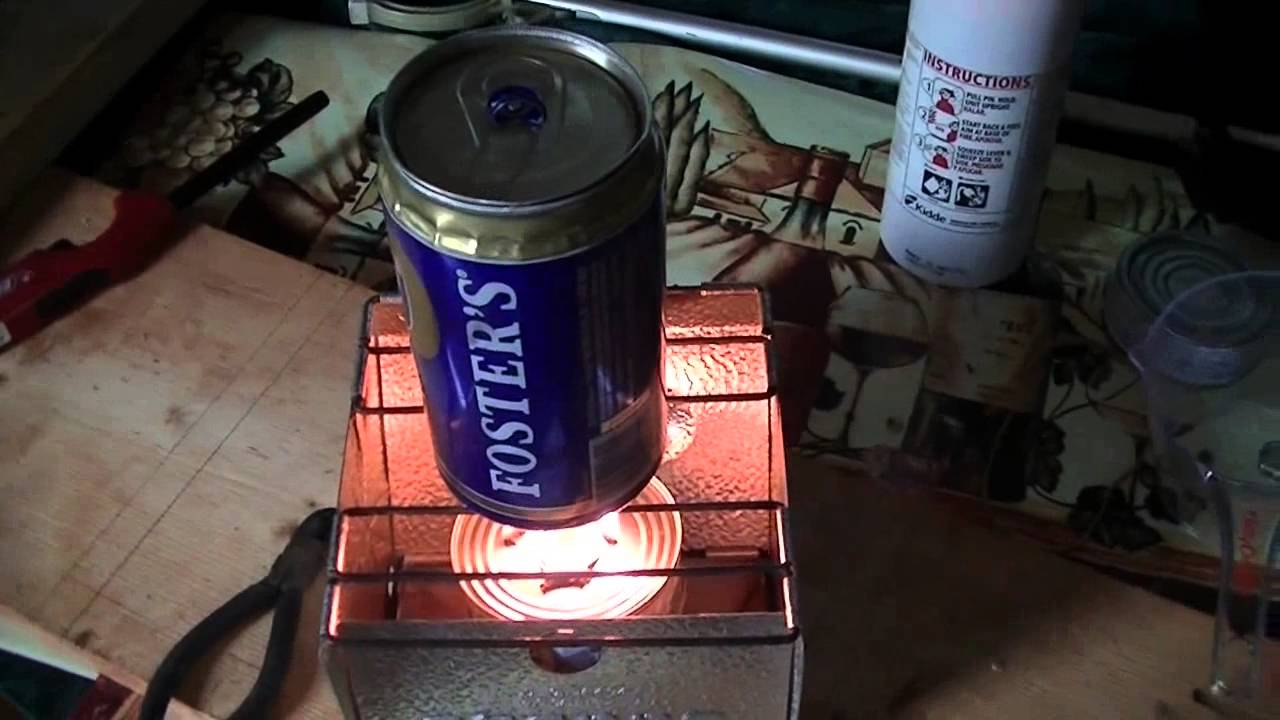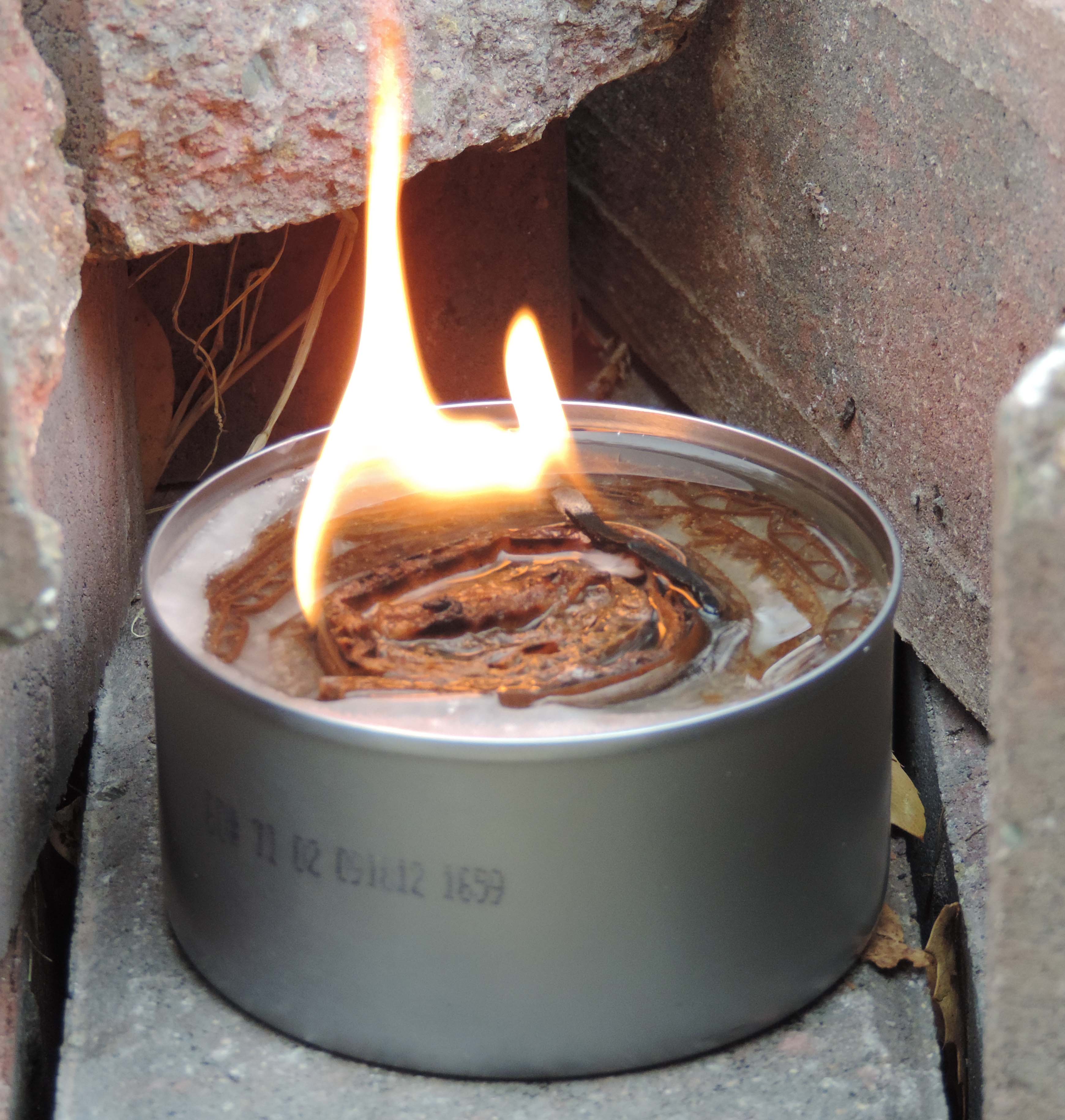We survived another winter
Surviving winter used to be a much more literal scenario. It was only a couple hundred years ago that winter meant death for many. The cold would take them or starvation. Illness was another big killer during the winter months.
Much of this was attributed to malnutrition.
A lot has changed since then, but winter is still a tough season to deal with. It only takes a small emergency for you to be reminded of the power and effect of cold weather. Here are some of the biggest concerns for the modern day winter survivor.
- Power Outage
- Automobile Breakdown
- Blizzard
There are several ways that you can prepare for these instances, but you must put some work in ahead of time. Let’s look at a number of things that you a do to prepare for next winter, starting today!
Your Car Kit
To deal with the automobile breakdown or flat tire in winter you need to have a winterized car kit. This kit can stay in your trunk during the winter season, but it will make all the difference when you need it.
What kind of items should you include in your car kit?
- A NICE BLANKET TO KEEP WARM
- EXTRA GLOVES, HATS, BOOTS
- CANDLE AND LIGHTER
- ALTERNATE COMMUNICATION METHOD
- FLARES
- READY TO EAT FOODS
- LIST OF EMERGENCY NUMBERS
Heat is Paramount
How do you heat your home? Is it time to consider using alternate methods of heating your home? When the power goes out and your heater stops running you realize just how vulnerable you are to the cold.
As the night moves in it gets even colder and the warming power of the sun disappears on the horizon.
In those cold moments you start wondering about things like a wood stove. A wood stove offers you several benefits. The right model will warm you and it will give you a means of cooking food. These are powerful heating elements that give you another option when it comes to keeping warm in the winter.
A smaller model can be had for around $300 and will easily keep your family warm in the winter, when all else fails.
This spring you should get some quotes an consider adding a wood stove to your winter arsenal.
Preparing for Winter Weather
Outside of clothing and heating systems you are also going to want to consider the hardware of winter. What do I mean by hardware?
- Shovels
- Salt
- Ice Scrapers
- Snow Blowers
These are very simple items to have on hand, but most people must rush out and buy them when they are needed.
Rather than wait for the winter storm to go to the hardware store, you should create a winter stockpile of salt, shovels and ice scrapers that you always have on hand. That will put you in a place where you can have success and do not need to rush out into the panicking masses.
Cold Benefits
Its not all bad. If you have a warm home and have prepared for winter, there is real beauty in the season. Many people are taking intentional plunges in cold water or cold showers in the morning to increase vitality.
There are several benefits in this. One of the most important is the boost in immunity.
It’s much easier in the winter and you can find yourself outside early in the morning taking advantage of that terrible cold.
A great way to start your day is to head out side in your skivvies before the sun comes out. Spend 5-10 minutes out there and focus on taking deep consistent breaths. This is a great way to wake up, get your cold benefits and start your day.
Boosting immunity is important in the winter because of flu season. This can help but so can a number of other things. Ralph La Guardia penned an incredible book on immunity, health and treating injury and illness.
It’s called The Doomsday Book of Medicine and is everything you need in a home medical resource. Follow this link and learn how to put together your own medicine chest.
Canning and Preservation
Our ancestors would have depended heavily on what they could can and preserve for winter. This canning would take place in the spring and summer but would be called upon when fresh foods were all gone.
While you have the ability to run to the market and pickup up those disgusting hot house tomatoes, you might use Spring and Summer to focus on canning and preserving your own home grown tomatoes. These are very important aspects of self-reliance.
As your harvest comes into season you can eat a percentage and can a percentage. We all reach a point where
If we are looking to maximize nutrition, canning our own vegetables will assure we are getting the best possible produce in the winter. No, it will not be fresh, but it will be high quality.
Get your hand a good canning book or preserving in general. Salted meats are another great way treat in the cold winter months.
Conclusion
Its not that we must prepare for the next winter as though modern society will fail, however, you will find much deeper satisfaction in being prepared. The truth is, we never know when the next big storm or power outage is coming and if we depend solely on modern amenities it can be to our detriment.
Winter can be a monster but if you use it as motivation it can take you a long way.
This push towards self-reliance and independence is real. Its hardly a fad. We spent the last 50 years on an increasing wave of convenience, and we are now living with the consequences of that. We can see the affect on the planet and on our mental and physical health.
Owning your existence is an important part of our future and future generations. We were never meant to depend on others for things like personal preparedness. There is fulfilment in being ready for all seasons and all situations.
Surviving winter used to be a much more literal scenario. It was only a couple hundred years ago that winter meant death for many. The cold would take them or







